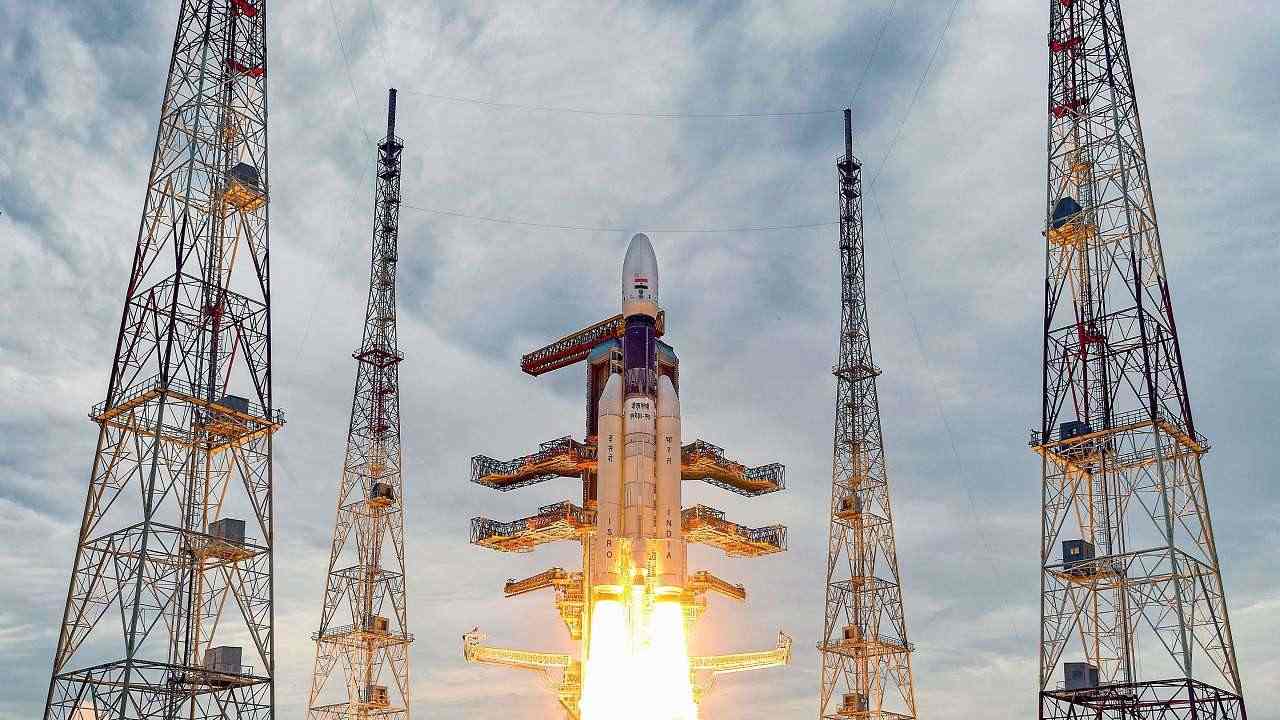The Indian Space Research Organisation successfully launched Chandrayaan 2 on 22 July from a launchpad in Sriharikota, and the American space agency NASA tweeted their congratulations and good wishes for the mission. This is the second moon mission undertaken by India and the first time any country will attempt to land this close to the South Pole of the Moon. The mission will include an orbiter and India, for the first time, has also sent a rover Pragyan and Vikram lander to the Moon. There are 14 payloads in the mission, of which 13 are indigenously built by India. The only foreign payload in the mission belongs to NASA, a laser retroreflector to measure distances from the Earth’s surface to the Moon’s using laser ranging. [caption id=“attachment_7038691” align=“alignnone” width=“1280”] Chandrayaan 2 Image credit: PTI[/caption] The US space agency tweeted out to congratulate ISRO on their feat. They also said that they are looking forward to learning more about the south pole of the moon because they will be sending their moon mission – Artemis – to the south pole in a couple of years.
Congrats to @ISRO on the launch of Chandrayaan 2, a mission to study the Moon. We're proud to support your mission comms using our Deep Space Network and look forward to what you learn about the lunar South pole where we will send astronauts on our #Artemis mission in a few years pic.twitter.com/dOcWBX3kOE
— NASA (@NASA) July 22, 2019
Artemis, in Greek mythology, is the sister of Apollo, which is also the name NASA gave its early missions to attempt to land men on the Moon. NASA recently celebrated the 50th anniversary of the Apollo 11 mission on 20 July. Now, US President Donald Trump has ordered NASA to go back to the Moon by 2024. They are aiming to send ‘the first woman and the next man’ to walk on the lunar surface. Chandrayaan 2 cost India a total of 978 cores to make happen. However, Artemis is going to be a much more costly affair. The White House has requested an extra $1.6 billion to start the project on top of the usual $21 billion budget NASA receives. Jim Bridenstine, NASA administrator said that Artemis is estimated to cost a total of $20 to $30 billion. When India lands on the moon, it will join the ranks of three other nations — USA, China and Soviet Russia — to have ever landed a man-made object on the moon.


)

)
)
)
)
)
)
)
)



